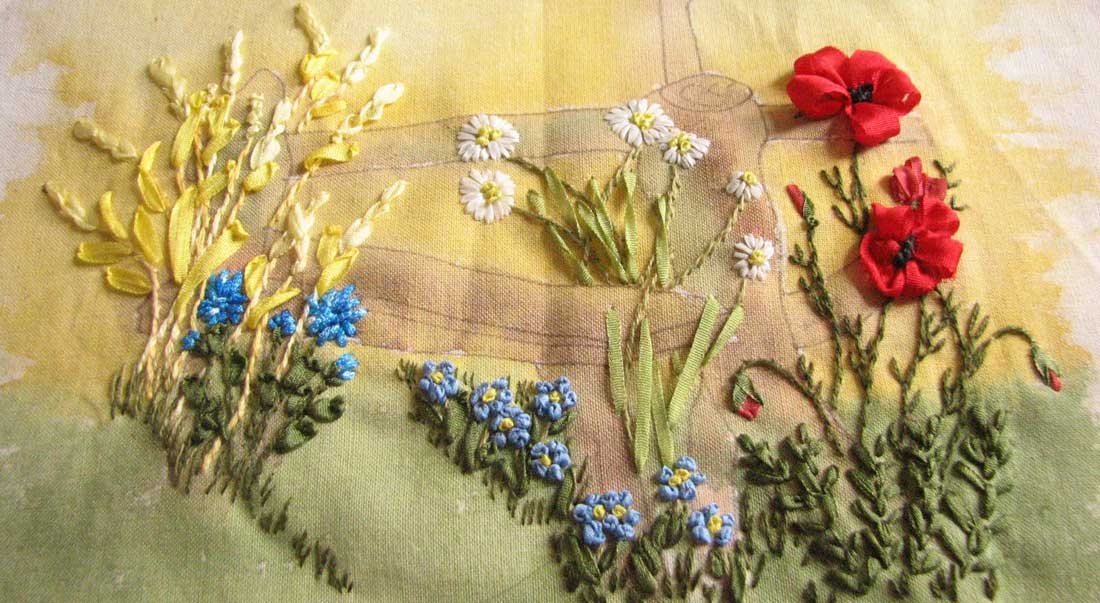Embroidery Tips for Beginning Artists

So, you’ve decided to enter the crafty world of embroidery. This is a time-honored craft that’s been loved for centuries and has only become better and more varied over time. Once you get into embroidery, you’ll find that it’s a fairly straight-forward process with lots of room to easily advance and hone your new skill set. But before you dive head-first into your new hobby, consider these embroidery tips to make your journey easier and more fun.
Make Sure to Have the Right Tools
You need to make use of the proper equipment to get the most out of your embroidery and create the designs that you hope to achieve. The basic embroidery kit should contain:
Needles – You should invest in embroidery needles of varying sizes.
Hoops – An embroidery hoop holds the thread in place as you embroider. Hoops can be made of wood, plastic or metal.
Scissors – Embroidery scissors are small and are very sharp to ensure ease of cutting threading materials.
Fabric – Many beginners like to practice with 100% cotton fabric, but feel free to experiment with different materials if you are feeling adventurous.
Embroidery Floss – This is the material that you will be threading through the fabric. It comes available in a multitude of sizes, colors and textures, so feel free to experiment with your designs!
Decide on How to Transfer Your Designs
Iron-on designs are the most popular among beginners because this method is easy and quick. These designs are especially handy for darker fabrics and more intricate designs.
If you are opting for a simple design or pattern, tracing is another easy but more time-consuming way of transferring designs onto the fabric that’s to be embroidered. Water-soluble markers and pencils are common tools of tracing but be aware that it does require rinsing off your embroidery to get rid of the lines that you have drawn on the fabric.
Other Embroidery Tips to Keep in Mind
When cutting the floss for your embroidery, the floss should be no longer than two feet or so when cut. This minimizes the awkwardness of dealing with very long and impractical lengths of material.
Give yourself extra fabric to work with, at least a couple extra square inches.
If you make a mistake and need to undo some of your stitches, tweezers are exceptionally useful at this task.
These embroidery tips are sure to get you started on the right foot as you venture into your exciting new craft.

